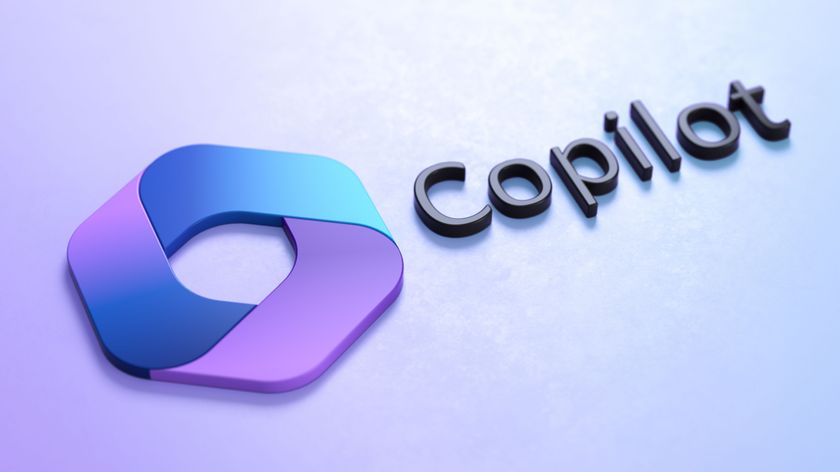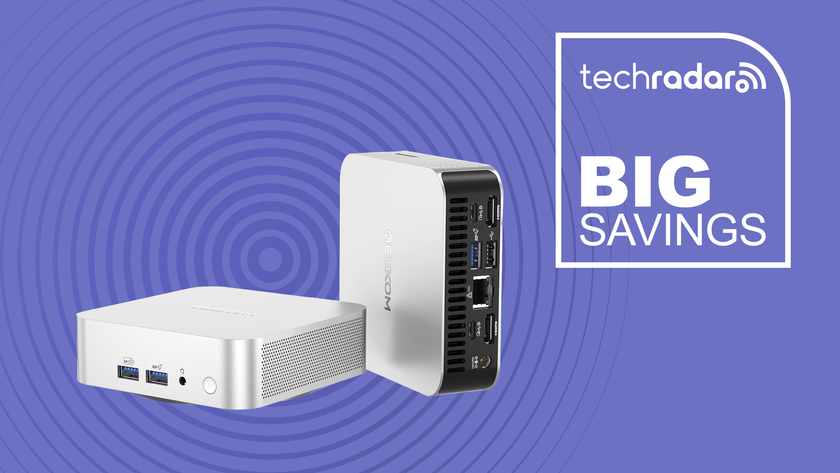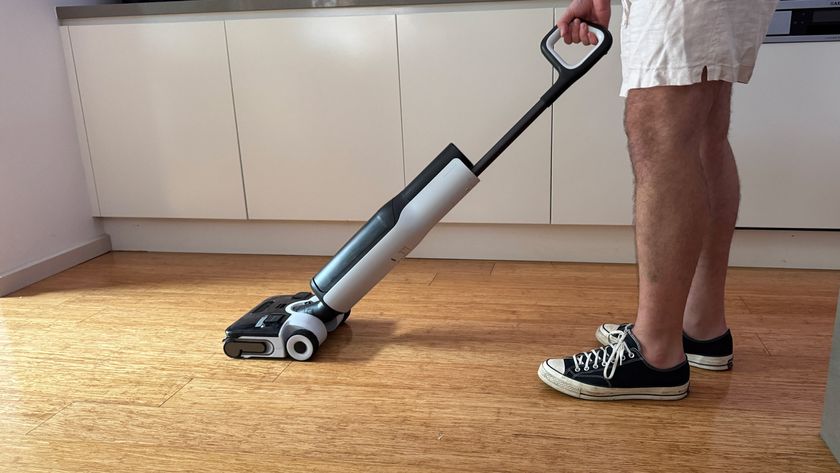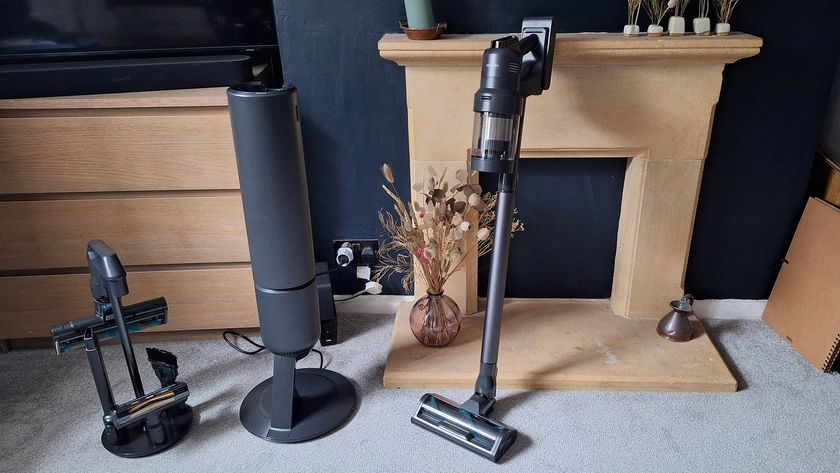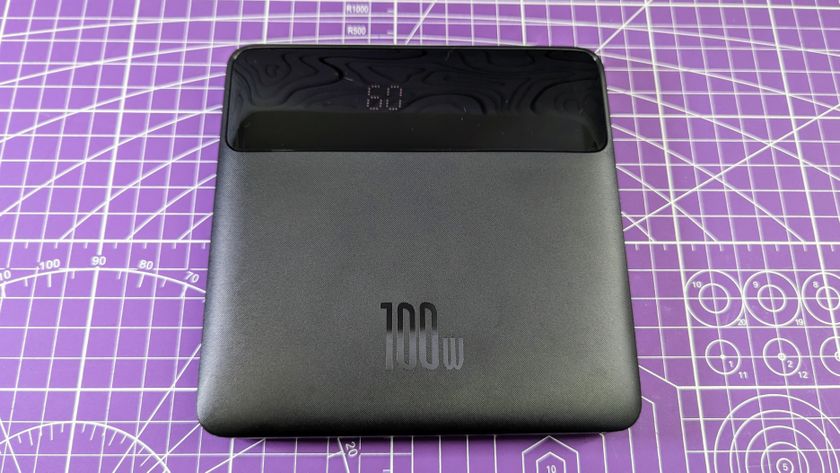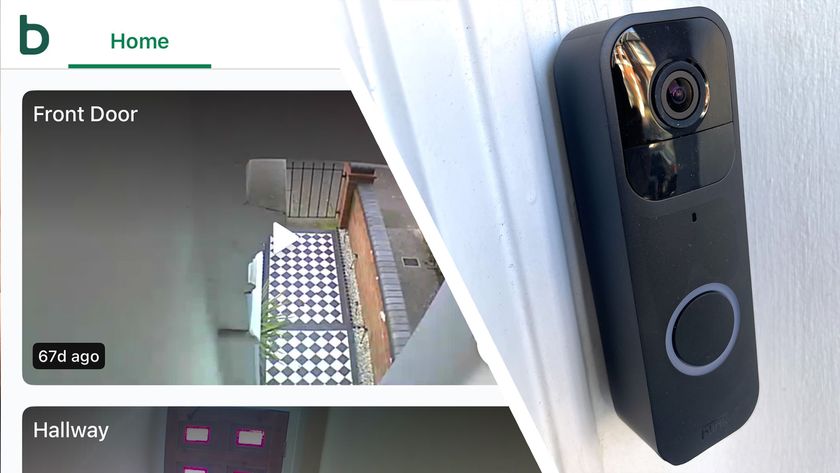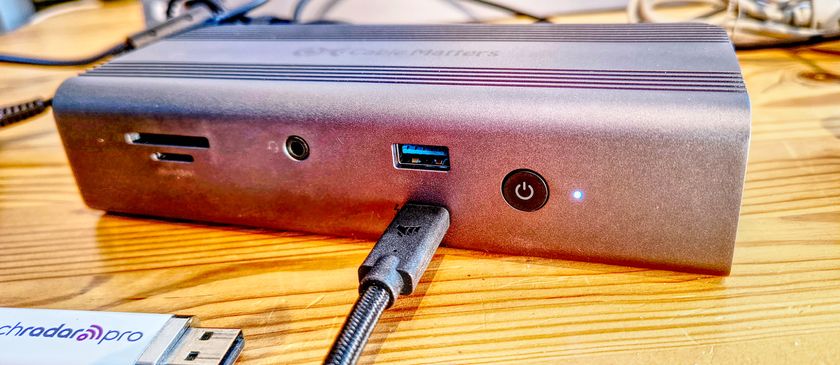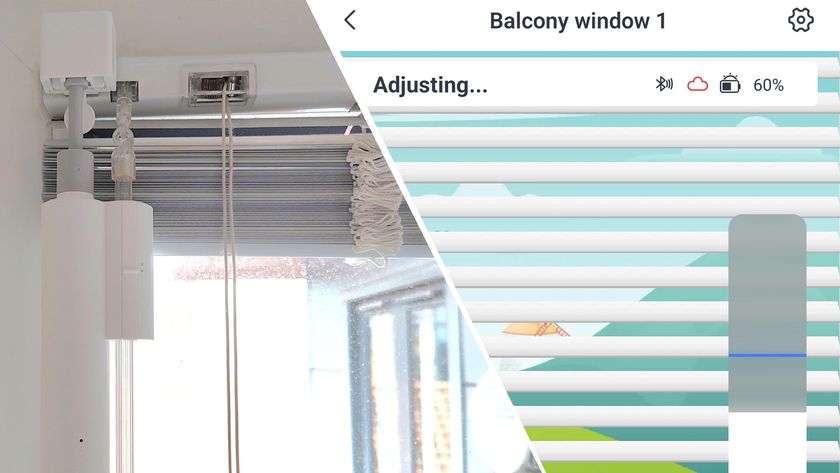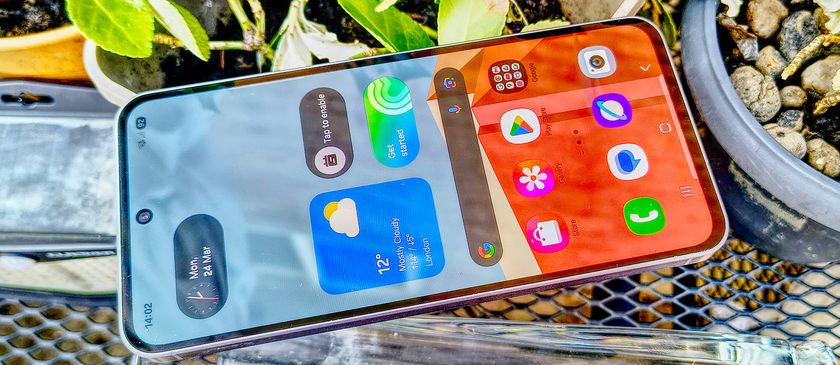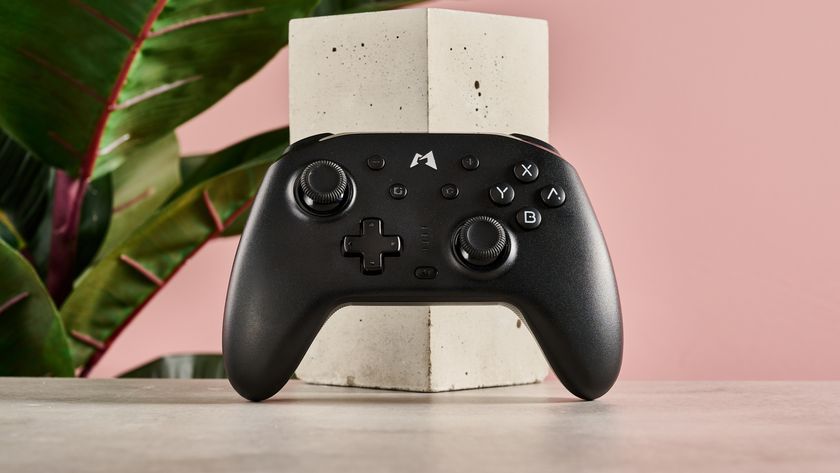TechRadar Verdict
Nokia's first touchcsreen S60 smartphone packs in plenty of top features at a decent price
Pros
- +
Touchscreen control
- +
Symbian S60 smartphone functionality
- +
A-GPS technology built in
- +
Wi-Fi
- +
HSDPA
- +
Excellent music player
- +
8GB MicroSD memory card supplied
- +
3.5mm headphone socket
- +
N-Gage gaming supported
- +
FM radio
- +
3.2-megapixel camera
- +
Contacts bar
- +
Good web-based applications
Cons
- -
Supplied earphones are average quality
- -
Touchscreen control doesn't have iPhone-style multi-touch
- -
Camera performance is limited
- -
Low light shooting not good
Why you can trust TechRadar
It's taken a while for Nokia to deliver its first post-iPhone touchscreen handset, but with the release of the 5800 XpressMusic, Nokia is now firmly in the touch control game.
The first handset to be built on the latest touch-operated 5th Edition of Nokia's S60 smartphone platform, the 5800 XpressMusic packs some heavyweight feature punch.
It may line up as Nokia's flagship music phone, but it has a set of functionality more akin to the Nseries high-end phone roster.
Generous package
Touchscreen action is centred on its large 3.2-inch touch display, but under the bonnet the 5800 XpressMusic features Wi-Fi support plus HSDPA high-speed 3G mobile data connectivity, A-GPS location finding and mapping technology, a host of smartphone multimedia gadgetry, including a substantial amount of music-playing ability.
Nokia boxes it with an 8GB MicroSD memory card (with cards up to16GB supported), it has a built in 3.5mm standard headphone socket, and the onboard music software is capable of delivering excellent quality audio.
A 3.2-megapixel camera with Carl Zeiss optics takes care of snapping business, while Nokia has included a spread of online-based features for sharing stills and video content, plus a variety of online links to services such as Facebook, and a full web browser.
Nokia has introduced the 5800 XpressMusic at a surprisingly competitive price for a touchscreen newcomer – it costs £249 SIM-free, although it's also available from free on some contract deals.
Slender smartphone
Nokia hasn't tried to do an iPhone-alike with this device. It has a distinctly Nokia look and feel; even though it does do the minimalist black front panel design, there's typical XpressMusic red or blue coloured trim, and the solid bodywork has more Nokia Nseries candybar about it than slimline Apple phone. Still, it isn't exactly a pocket-bulger though – it weighs 109g and measures 111(h) x 51.7(w) x 15.5(d) mm.
The button count on the front is low, with Call, End and Menu buttons under the display, a touch-sensitive Media button on the top right above the display, plus a secondary video calling camera and proximity sensor nearby.
The 3.2-inch, 16-million colour 640x360 pixels display provides a decent amount of finger room for the new Nokia touch user interface. A small stylus is also slotted into the back panel offering a more precise tapping option – and Nokia also boxes a plectrum on a wriststrap.
Managing contacts
The S60 5th Edition user interface debuting here marries a familiar S60 style of menu structure and navigation to a straightforward to operate touch set-up. It's not the sort of easy-swiping, pinch-to-zoom Multi-touch screen employed on the iPhone, but it does allow finger stroke scrolling through menus and lists of options.
The home screen display has a couple of tappable buttons for pulling up a virtual numberpad and scrollable contacts list. Pressing towards the top of the screen pulls up quick access to calendar, clock, ringtone profiles, plus Wi-Fi and Bluetooth connectivity options for fast switching on or off.
The neatest new homescreen feature is a Contacts Bar – a panel of four contact buttons you can assign to any of your contacts, and to which thumbnail images can be attached.
Press the contact and you have one touch access to new text messages or calls plus a log of recent communications with that number. You can also link up to two web feeds to each contact, so by pressing the contact bar you can see regular online updates from the relevant blogs, web pages or social networking sites.
If you like, these can be switched off or replaced by a more familiar S60 shortcuts bar.
Another set of shortcuts arrives via the Media touch key, glowing just above the display. A tap of this drops down a multimedia toolbar with five icons, providing quick-tapping hotkey access to the music player, web browser bookmarks, Video Centre function, media gallery, and the Share online option – offering online uploading for video and images, plus networking via sites like Nokia's Ovi service and Flickr.
Haptic feedback
The main menu touch action is clearly evolution rather than revolution. A grid of main menu icons onscreen is tappable to get into more sub menus in a way that's consistent with S60 conventions. Responsive onscreen softkeys help tap-to-select options, while generally it's easy to scroll through and select, with haptic feedback giving you vibrating confirmation that keys have been touched.
Text input can be done via a very usable virtual alphanumeric pad – just like normal texting - or via Qwerty keyboard input, using a large and very well proportioned sideways view one, or a mini any-way stylus-tappable one. A very good handwriting recognition option is also to hand. The phone has an accelerometer built in for automatic screen rotation, so it switches views to how you're holding it.
Sensors are also utilised to mute or dismiss incoming calls or switch or snooze alarms, simply by turning the phone face down when you get an alert.
User-friendly music player
Touchscreen apart, music is naturally centre-stage. The S60 music player interface hasn't been re-invented; there's none of the whizzy visual touches or cover-flow style browsing as the iPhone. The conventional-looking set-up is straight ahead and fine to use.
Nokia's Music Store is supported for those who don't sign up for the Comes With Music service, and an FM radio is built in. The 8GB of in-box MicroSD storage supplements the small 81MB onboard storage, giving plenty of headroom for stacking tracks.
Thanks to the 3.5mm headphone socket – usefully, on top of the phone – you can plug in a decent set of your own ear-wear to maximise sound quality. It's worth doing as this device is capable of producing a superb audio performance, with lovely clarity and depth., plus surprisingly hefty bass. The supplied earphones are OK, but could be better, so we'd advise a try with some higher quality ear-gear to appreciate the full effect.
Stereo speakers on the bodywork do a reasonable job for mobile phone loudspeakers, but are still limited. The radio, however, does a fine low-key job at bumping up the free entertainment quota.
Basic camera quality
Camera action takes a bit of a back set on this particular model, though it still does a competent cameraphone job. It has a 3.2-megapixel snapper built in, equipped with an autofocus system, LED flash, and a new touch-based user interface.
Image quality can be reasonably good within the camera's limitations. Normally lit shots can look acceptably detailed, and close up shots come out well. Colours generally come across accurately, but occasionally can look a bit over-saturated in some lighting conditions. Still, they're not bad for a mid-grade shooter. Low-light shots aren't so good, however, with grainy picture noise appearing and the flash having a very limited effect in illuminating over more than short distances.
Shooting, the camera automatically switches into widescreen landscape mode, giving plenty of screen space for the viewfinder and camera touch controls. The camera interface presents an easy to follow set up for auto–metering adjustments, effects and standard camera tools. Adding effects post-shooting is a breeze, too.
Viewing video
Video capture quality is better than average quality for a mobile phone, recording at up to VGA resolution at 30 frames per second for reasonably watchable phone footage. Both stills and video can be easily uploaded online to Ovi, Flickr or Vox accounts using embedded software options. You can play video back on a television set too, with a TV-out cable supplied in-box.
Downloaded or sideloaded video content looks superb on the big screen. The 5800 XpressMusic supports a wide range of video file formats, with a RealPlayer app pre-loaded, and streaming is supported. Nokia's regular Video Centre app provides an out-of-the-box way of finding and installing feeds to mobile optimised video content suppliers.
Onboard A-GPS
That large screen also does great things for the Nokia Maps application, with the 2.0 version of the software looking good on the display. All the usual position-finding, map-viewing, route-planning, search and control options are to hand, with maps of the UK and Ireland coming pre-loaded on the in-box MicroSD card. Zooming via touch is a welcome new option.
The onboard A-GPS receiver worked a treat, locking on to satellites and tracking our position very sharply, with a commendably short start-up time. It worked very well in our tests. As well as the sophisticated standard mapping package, owners have the option of upgrading to Sat Nav-style voice-guided turn-by-turn directions.
Great range of apps
Nokia has improved the regular S60 browser with its touchscreen implementation. Wi-Fi and HSDPA mean you get relatively speedy rendering of pages, but you can also swipe around, and zoom in and out by tapping pages and using zoom bars onscreen. There's an easy to use icon-labelled toolbar for speeding up your navigation. Flash is supported on this device too.
The 5800 XpressMusic's S60 smartphone pedigree shows through with a generous helping of additional applications, while more can be accessed from Nokia via the embedded Download! tool. The usual serving of organiser functionality includes calendar, calculator, notes, to do lists, voice recorder, and a variety of clock and timer functions.
Instant messaging and email with attachments are supported too. Nokia also includes a pair of games that demonstrate its motion sensor and touch operated capabilities.
Powerful phone
With plenty of functionality inside, the 5800 XpressMusic does a good job in power handling. We managed between two to three days battery life with our average usage, though how much you use gadgetry like Wi-Fi, GPS or the music player will impact on overall battery performance.
Nokia reckons a fully charged phone can deliver at up to 400 hours on standby in 3G coverage or 406.2 hours on GSM networks. With voice calls - with which it puts in an exemplary communications performance – it can achieve talktime of up to 5 hours on 3G, or 8.8 hours on GSM networks.
Attractive device
With the 5800 XpressMusic Nokia has evolved its S60 smartphone legacy into a very serviceable touchscreen format. Practical evolution rather than jaw-dropping revolution is what you get.
While it doesn't have the smoothness and easy elegance of the iPhone's ground-breaking touchscreen user interface, Nokia's first mainstream touch control device has a functional, easy to handle set-up, and performs consistently well.
The touchscreen operation may lack the Apple sparkle, but the functionality within the Nokia 5800 XpressMusic certainly delivers, with plenty of top features for the price that makes this device an attractive music majoring proposition.
Network availability: O2, Orange, T-Mobile, Vodafone, Virgin Mobile
Looks: 4/5
Ease of use: 4/5
Features: 4.5/5
Call quality: 4.5/5
Value: 4/5
The TechRadar hive mind. The Megazord. The Voltron. When our powers combine, we become 'TECHRADAR TEAM'. You'll usually see this author name when the entire team has collaborated on a project or an article, whether that's a run-down ranking of our favorite Marvel films, or a round-up of all the coolest things we've collectively seen at annual tech shows like CES and MWC. We are one.
